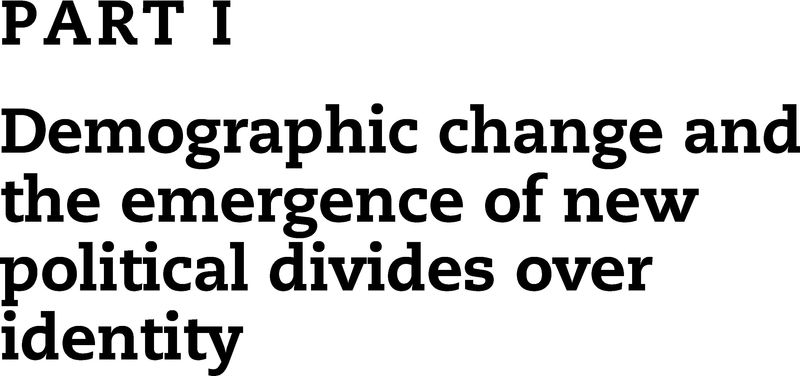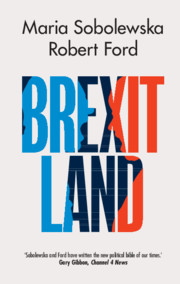Book contents
- Brexitland
- Reviews
- Brexitland
- Copyright page
- Contents
- Figures and tables
- Acknowledgements
- 1 Introduction: How Britain Became Brexitland
- Part I Demographic change and the emergence of new political divides over identity
- Part II Identity conflicts from New Labour to the Coalition
- Part III Brexitland
- Bibliography
- Index
Part I - Demographic change and the emergence of new political divides over identity
Published online by Cambridge University Press: 21 September 2020
- Brexitland
- Reviews
- Brexitland
- Copyright page
- Contents
- Figures and tables
- Acknowledgements
- 1 Introduction: How Britain Became Brexitland
- Part I Demographic change and the emergence of new political divides over identity
- Part II Identity conflicts from New Labour to the Coalition
- Part III Brexitland
- Bibliography
- Index
Summary

- Type
- Chapter
- Information
- BrexitlandIdentity, Diversity and the Reshaping of British Politics, pp. 19 - 118Publisher: Cambridge University PressPrint publication year: 2020



